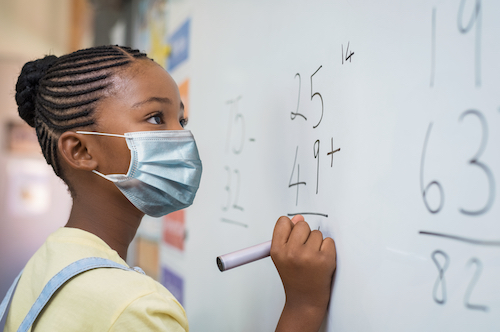
September 7, 2022 – According to a report by The New York Times, test results from the National Assessment of Educational Progress have shown the debilitating effects of the pandemic on the education of American school children. Specifically, the performance of 9-year-old in math and readding have dropped to the levels they were two decades ago.
While the declines spanned most races and income levels, it was much worse for the lowest performing students. The report says that the “declines in test scores mean that while many 9-year-olds can demonstrate partial understanding of what they are reading, fewer can infer a character’s feelings from what they have read. In math, students may know simple arithmetic facts, but fewer can add fractions with common denominators.”
These setbacks could have significant consequences for an entire generation of children who need to move past the basics in elementary school to succeed in higher level subjects later.
“Student test scores, even starting in first, second and third grade, are really quite predictive of their success later in school, and their educational trajectories overall,” said Susanna Loeb, the director of the Annenberg Institute at Brown University, which focuses on education inequality. “The biggest reason to be concerned is the lower achievement of the lower-achieving kids.”
Solutions may be difficult to carry out, with many education experts recommending that lower-performing students spend more time learning, either in the form of tutoring, extended school days, or summer school. The federal government has budgeted $122 million to help students recover, marking the largest single investment in American schools. The report says that “20% of that money must be spent on academic catch-up.”
